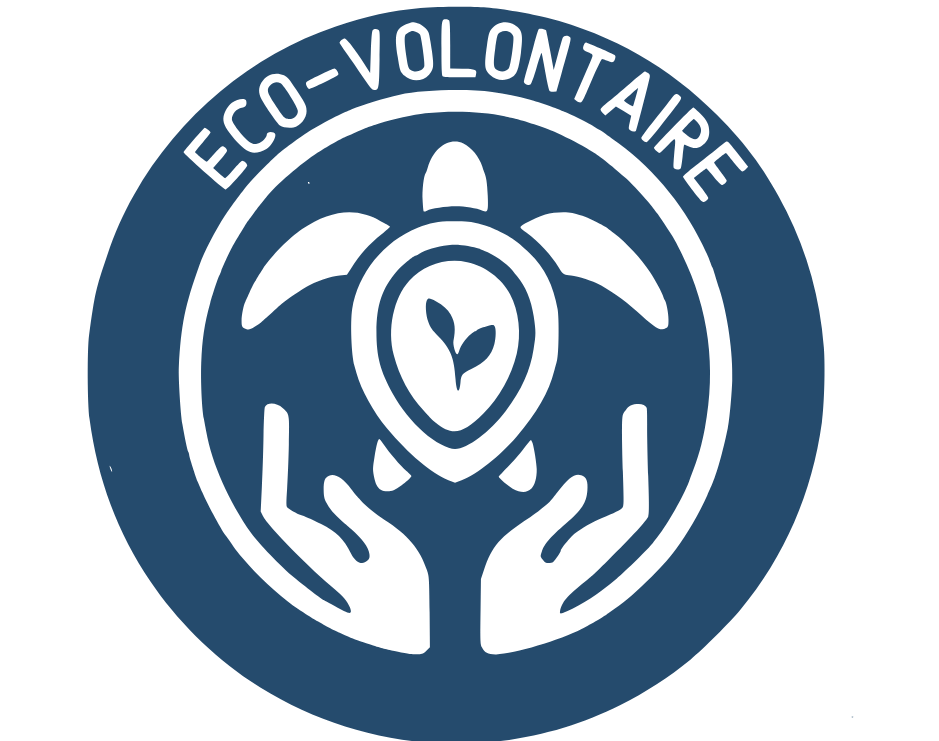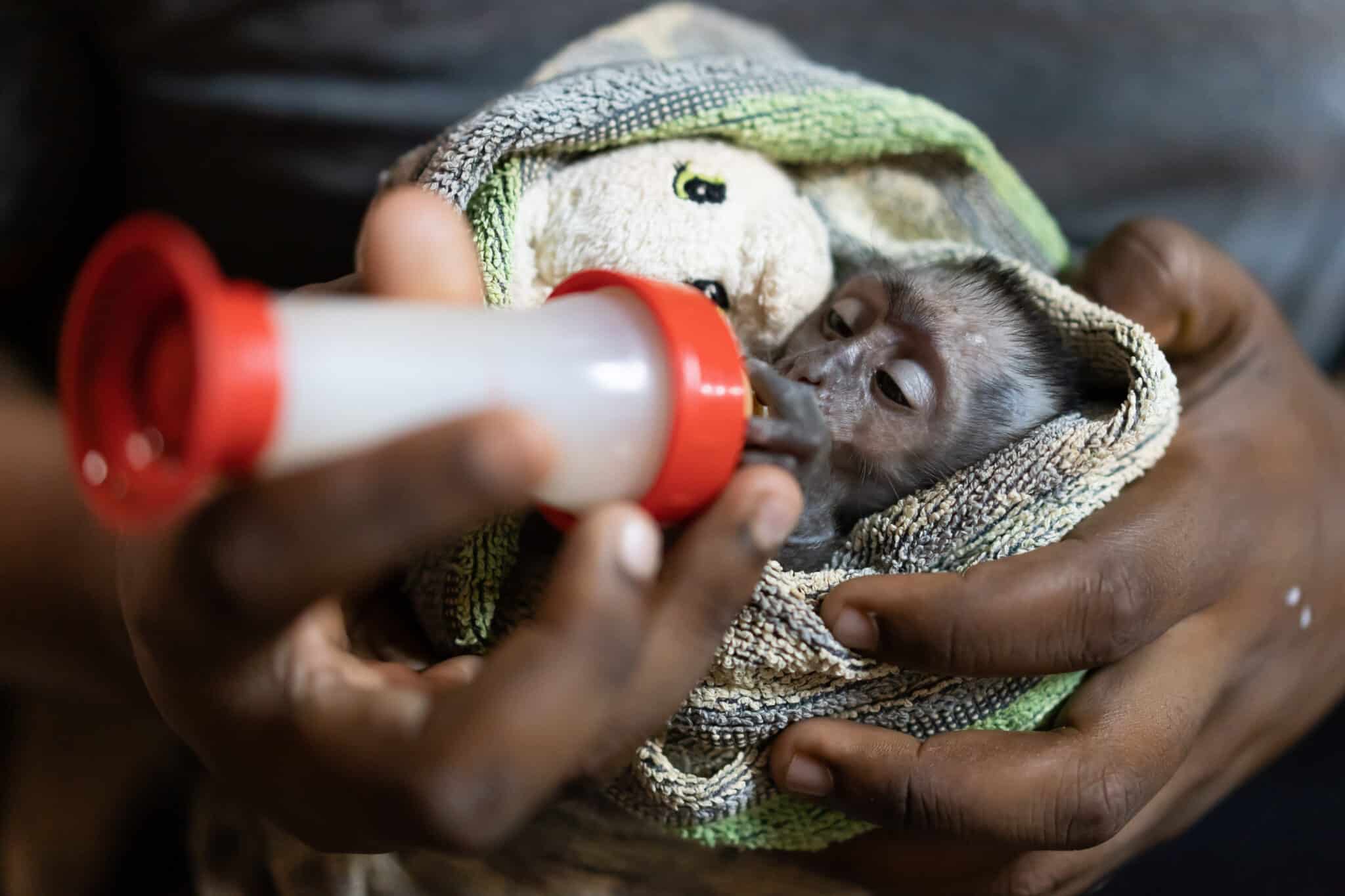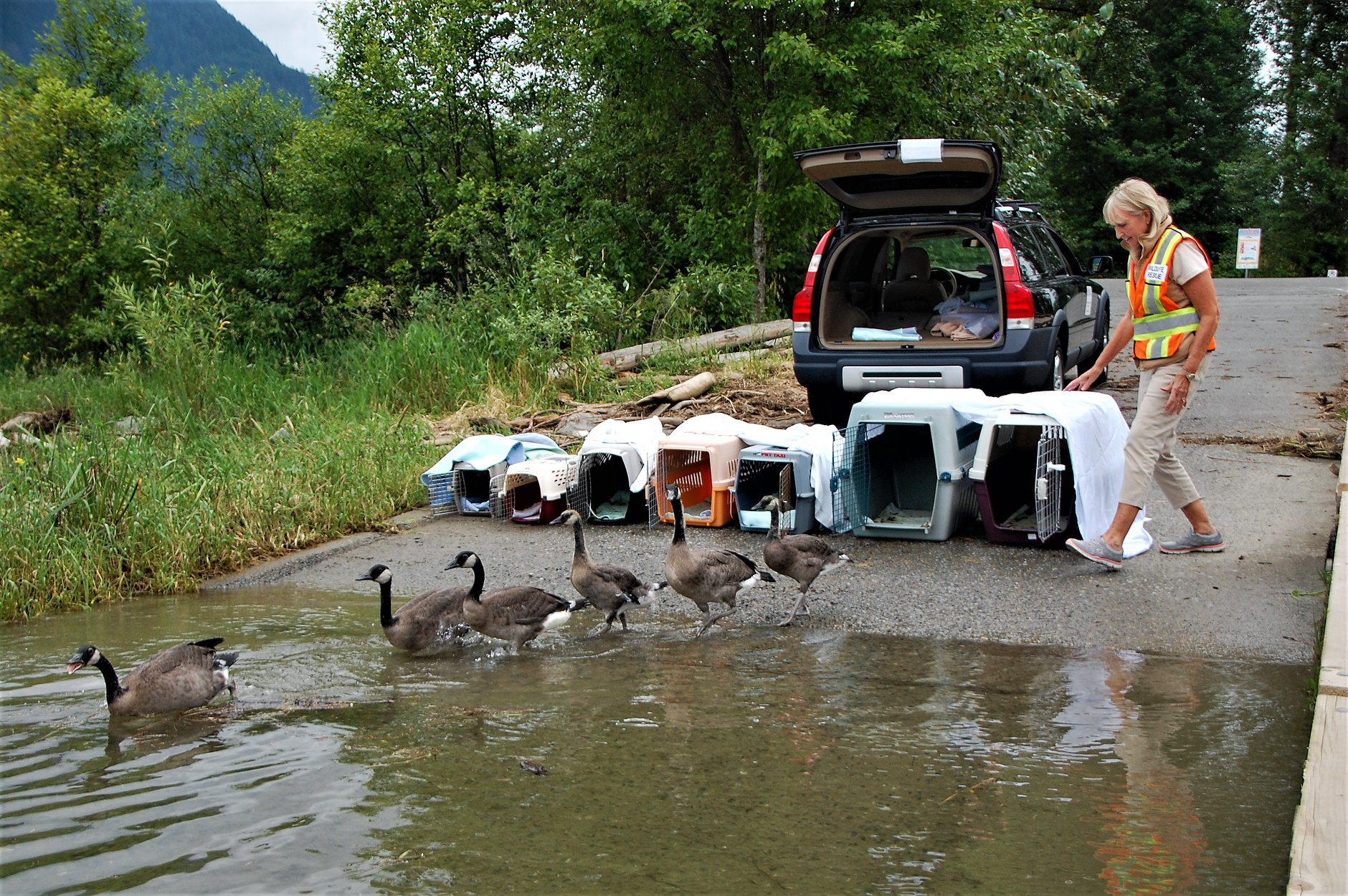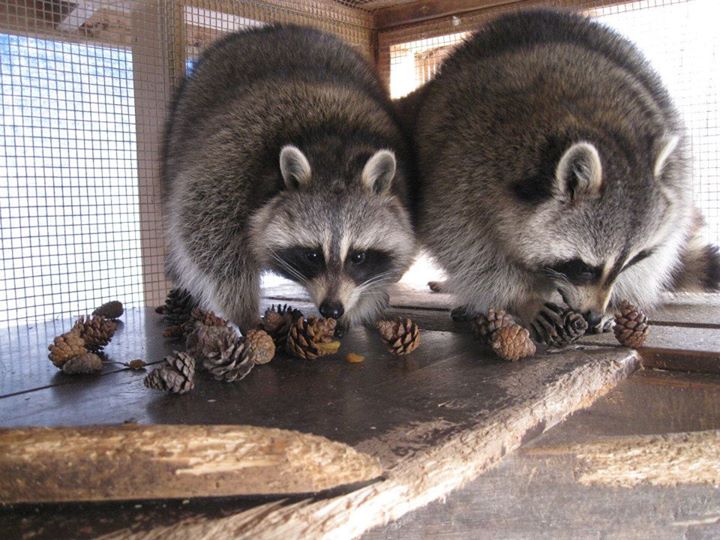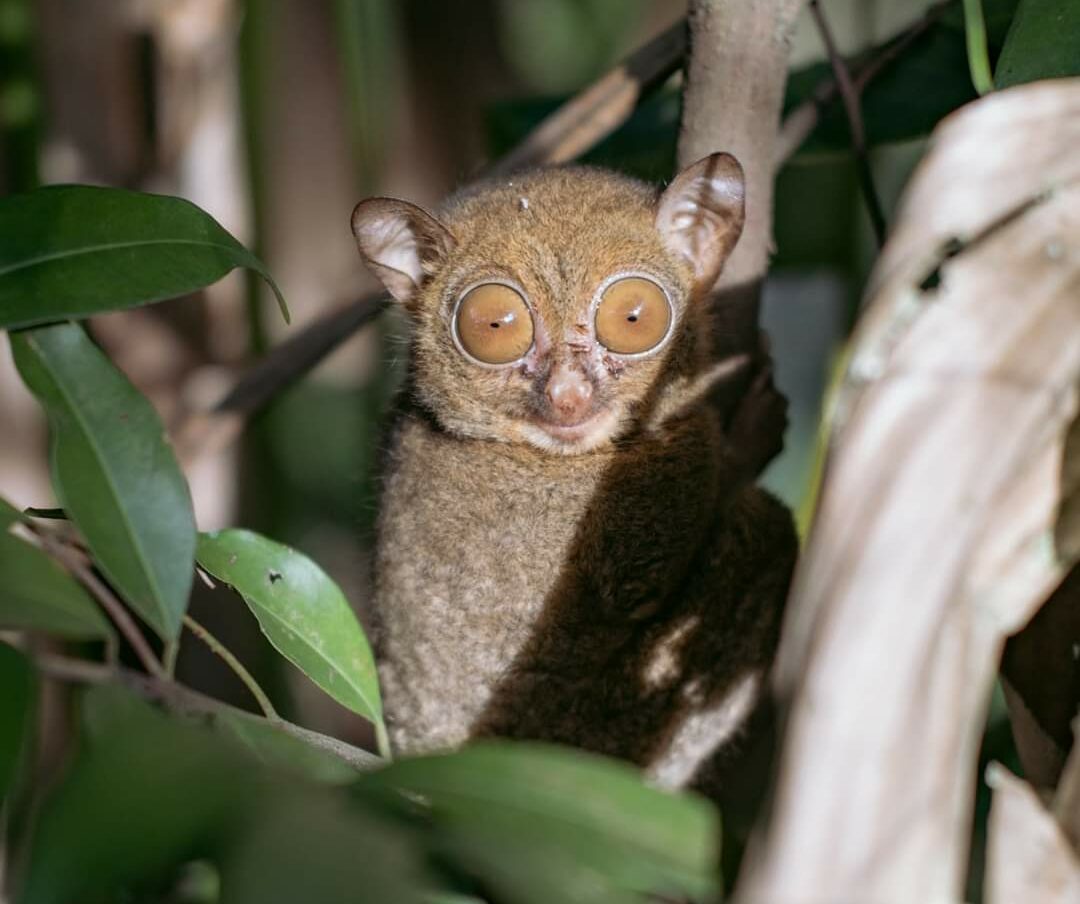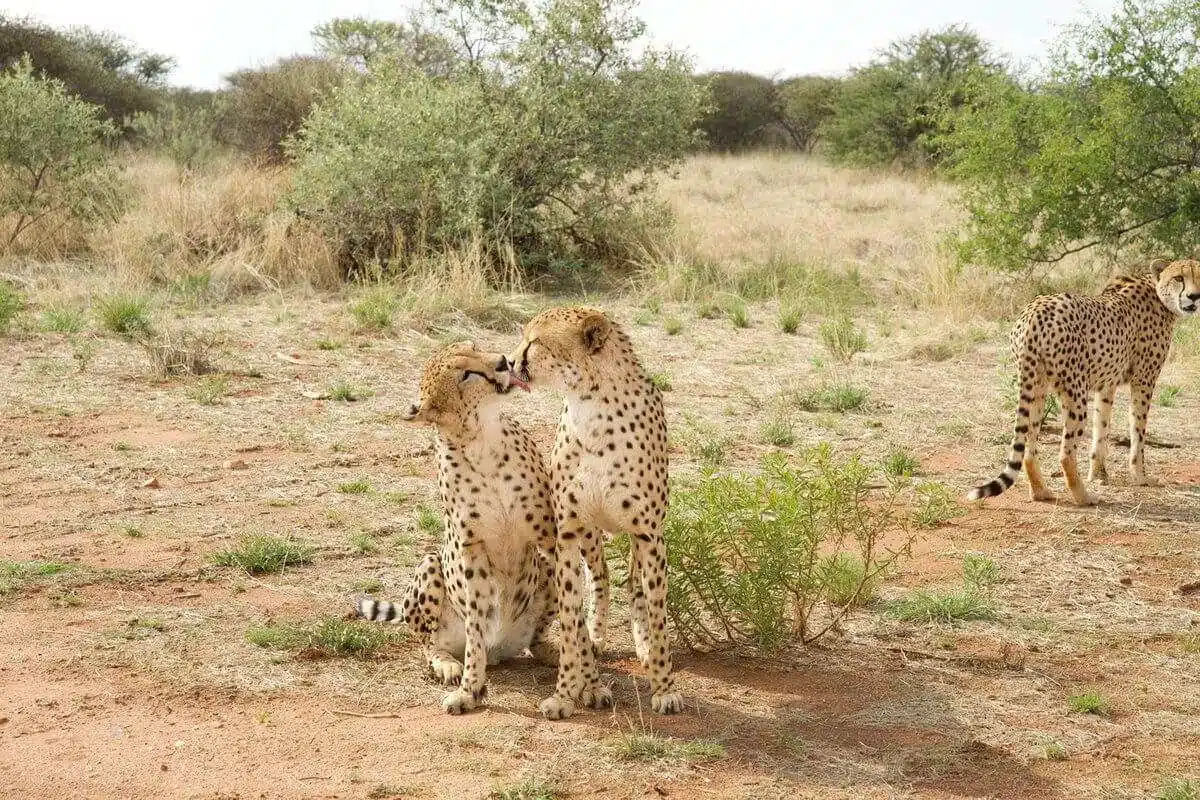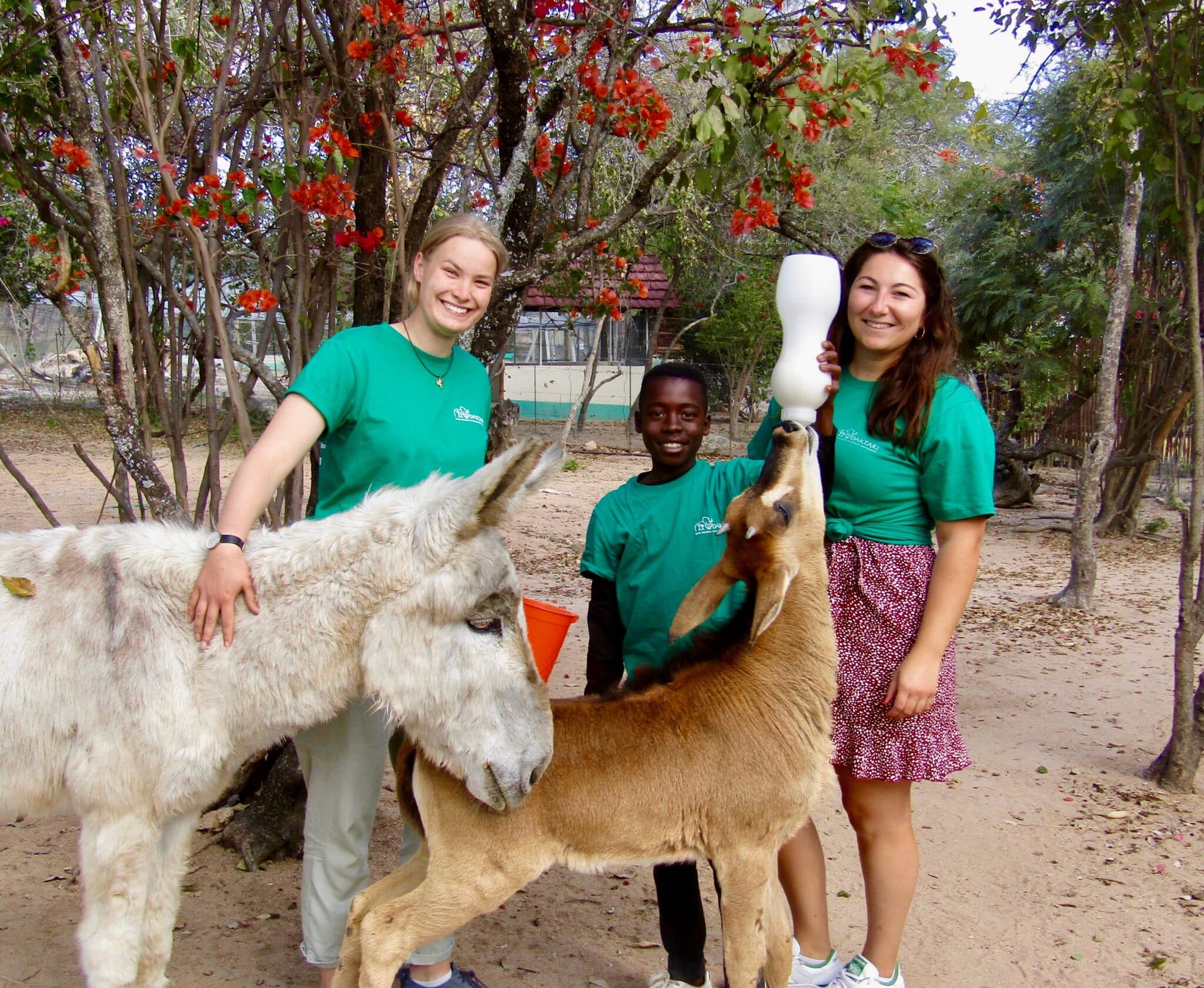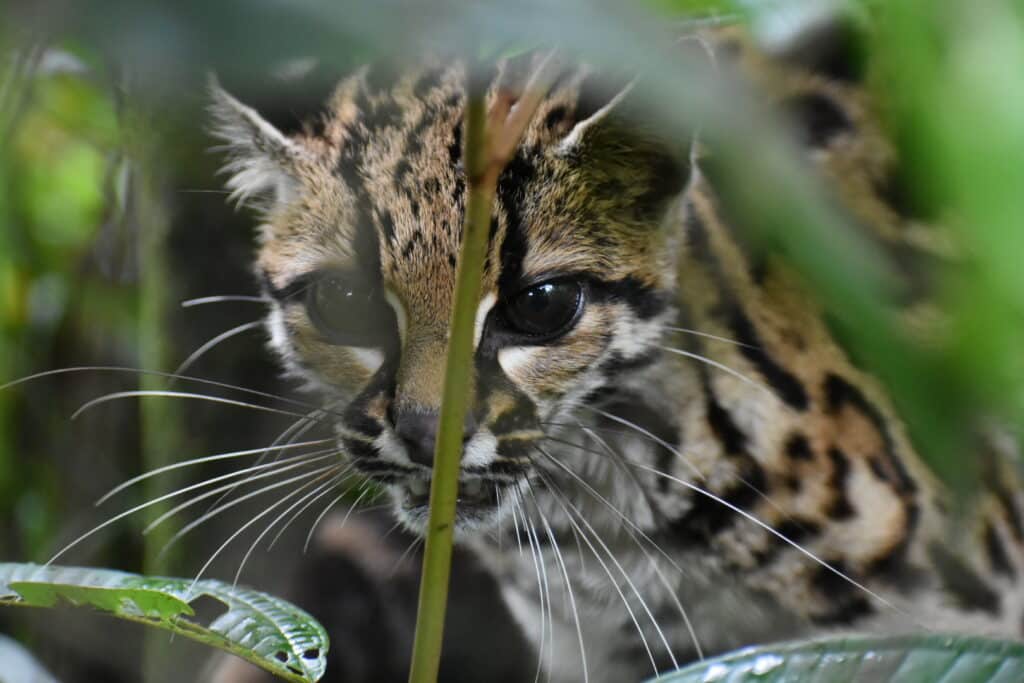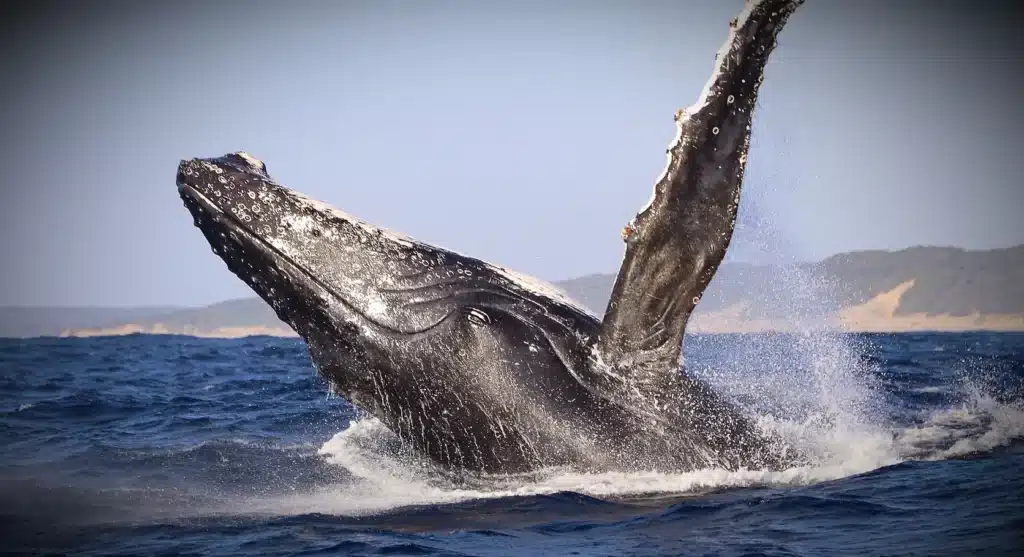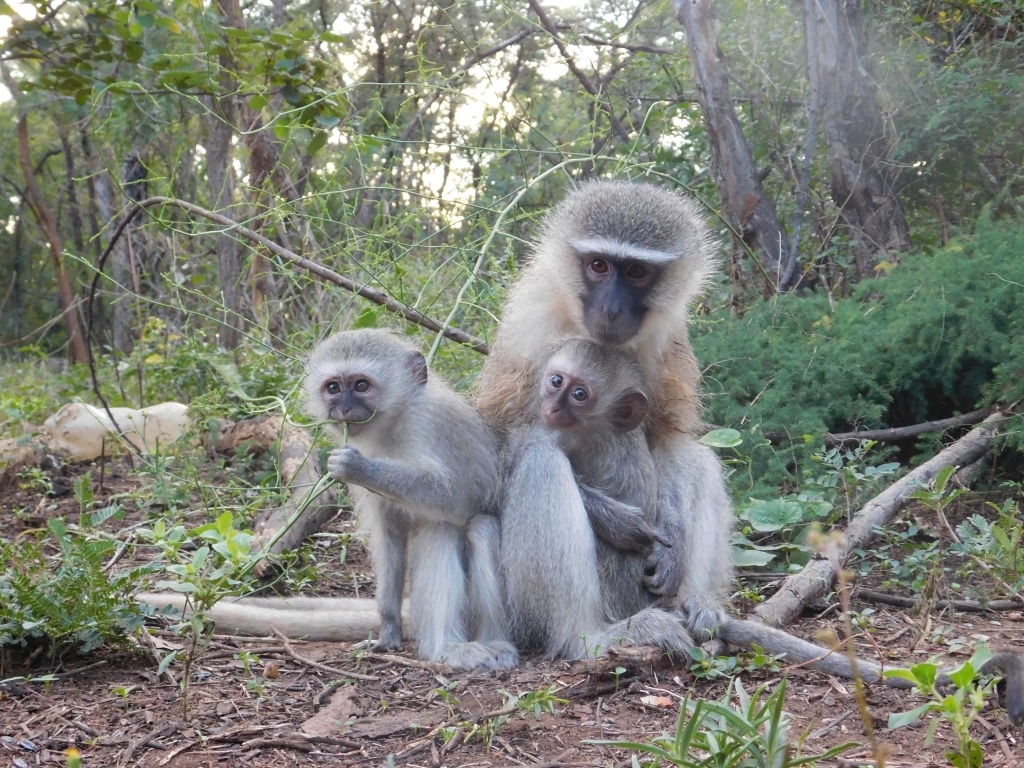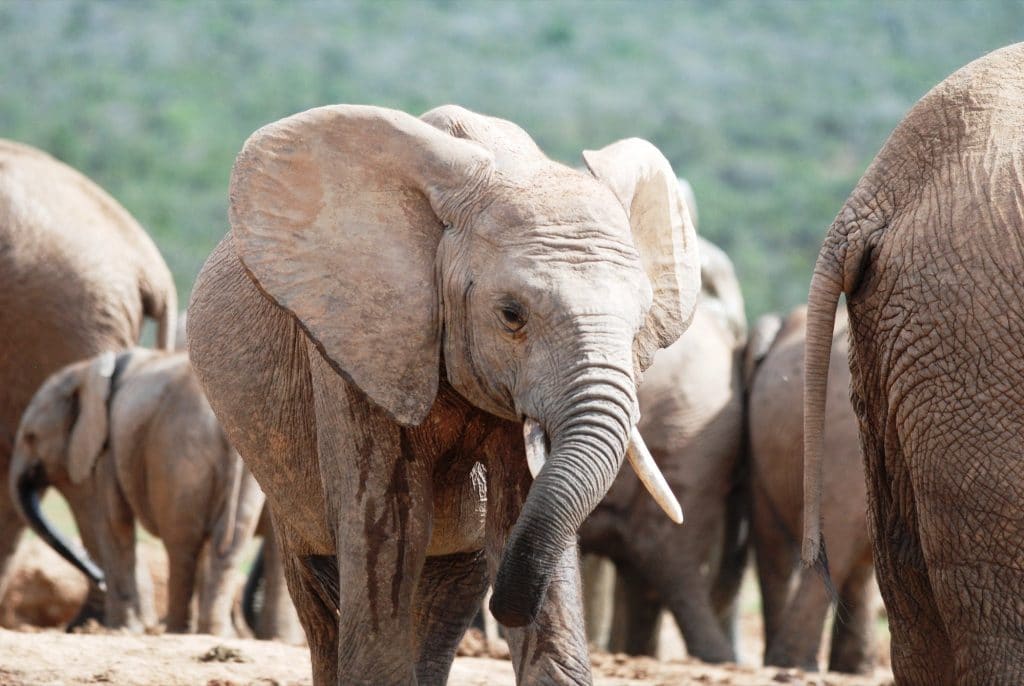Wild animals around the world
Wild animals are animal species that live in their natural habitat, far from the direct influence of man. They live in a variety of natural environments, such as forests, savannahs, deserts, mountains, oceans and other natural ecosystems.
Today's wildlife faces numerous threats on a global scale, including
- The destruction and degradation of natural habitats due to urbanization, intensive agriculture, logging, industrialization and dam construction are one of the main threats to wildlife.
- Poaching for meat, trophies and by-products (such as ivory, rhinoceros horn, etc.).
- Climate change
- Air, water and soil pollution can have serious consequences for wildlife. Plastic waste, toxic chemicals and industrial contaminants can contaminate ecosystems and harm animals.
- Invasive species introduced by man can disrupt local ecosystems and threaten native species in competition for food, habitat and resources.
- Roads, infrastructure and human development can fragment natural habitats, isolating animal populations and making it harder for them to move and reproduce.
- Overfishing, excessive hunting and the unsustainable harvesting of natural resources such as timber can deplete plant and animal populations...
The work of wildlife sanctuaries
In response to these threats, wildlife sanctuaries have sprung up all over the world. Wildlife sanctuaries are places where animals are collected, cared for and protected. Activities in these sanctuaries focus on animal welfare and wildlife conservation. Here are just a few examples:
- Care and rehabilitation: Sanctuaries provide veterinary care and rehabilitation for sick, injured or orphaned wild animals. This can include the provision of food, shelter, medication and treatment to help animals regain their health.
- Education: many sanctuaries have a mission to educate the public about wildlife, conservation and the threats facing wild animals. They organize guided tours, lectures, educational workshops and educational programs for schools.
- Conservation: Sanctuaries may be involved in conservation programs aimed at protecting endangered or threatened species. This can include captive breeding efforts, reintroduction of animals into their natural environment and habitat management.
- Research: Some sanctuaries are involved in wildlife-related scientific research. They can study animal behavior, reproduction in captivity, genetics, animal health, and so on.
Wildlife shelters need volunteers
Many sanctuaries rely on volunteer work to help care for the animals and maintain the facilities. Volunteers can be involved in a variety of tasks, such as cleaning, preparing food, observing animals and helping with educational activities. The mission of animal sanctuaries is to welcome, care for and rehabilitate injured, sick or orphaned wild animals, in order to reintroduce them into their natural habitat. Thanks to the commitment of our volunteers, many endangered species have been saved.
Whether you're an animal lover, a biology student or just someone who wants to make a difference, there's a place for you in wildlife shelters. As well as rehabilitating animals, volunteers raise public awareness of the importance of protecting wildlife and its habitat.
Get involved!
Get involved with a sanctuary today and become an agent of change for wildlife!
Volunteer tasks at wildlife sanctuaries vary according to the needs of the sanctuary, but can include food preparation, cleaning enclosures, monitoring animals, collecting data, educating the public, building enclosures, etc.
Skills required: Although most sanctuaries don't require specific qualifications, it helps to have an interest in wildlife, a passion for conservation and good physical fitness, as the work can be physically demanding.
Volunteering at wildlife sanctuaries is a great way to contribute to wildlife and environmental conservation while gaining valuable experience.
